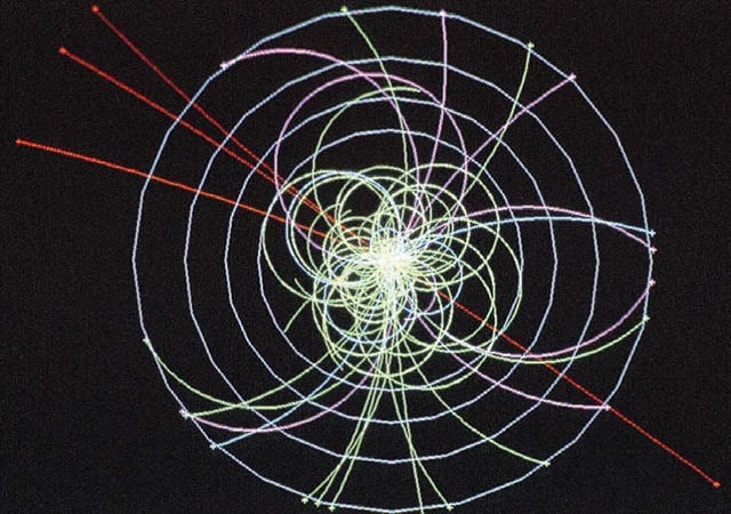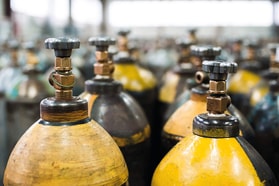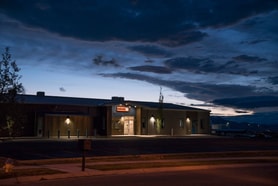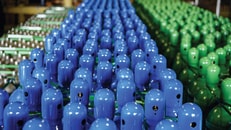The Coldest Place in the Universe: CERN Gets Ready for Restart
In October, after being closed for repairs for nearly a year, the CERN Large Hadron Collider (LHC) will start-up again and the search for the smallest known particles in the universe will resume (see “Particles Complete First Circuit at CERN,” CGI, October 2008, p. 3).
This month, as part of our Helium Issue, CryoGas International looks at this important world research project, its goals, and how helium and its related technologies are used to make the experiments possible.
CERN, the European Organization for Nuclear Research, consists of a group of 20 European countries formed in 1954 for particle physics research. The famous Swiss- Franco border laboratory housing this group currently employs 2,600 full time employees and 7,600 scientists from 80 different countries, or roughly the equivalent of the entire Harvard, Yale, and Princeton faculties combined.
In September 2008, the Large Hadron Collider began operating for the first time. After nine days, one of the 10,000 magnet connections failed due to bad soldering. The accident caused an electrical arc that ruptured a helium enclosure and damaged 29 magnets and the surrounding insulation. As a result of this accident, 1.16 million cubic feet gas equivalent (six tons liquid) of helium was lost — or just about the same amount as an 11,000 gallon ISO tube trailer holds.
... to continue reading you must be subscribed























